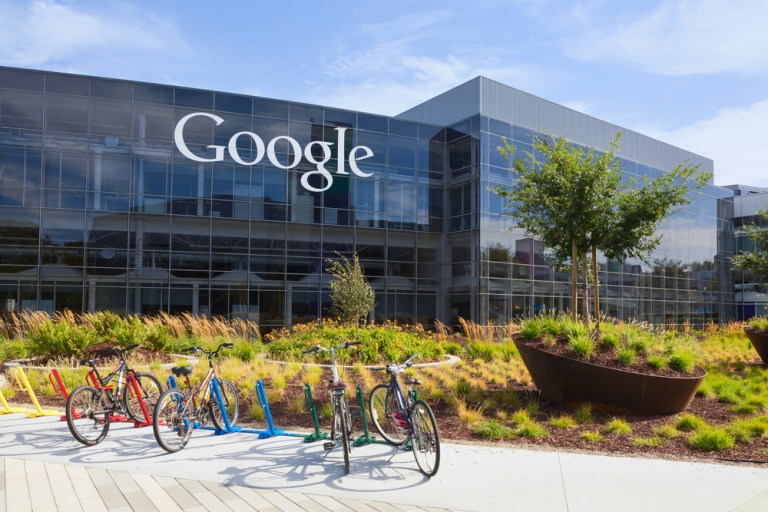
Alphabet stock (GOOG) took a turn for the worse shortly after our last tracker. While GOOG was breaking through to all-time highs, peaking well above $870 on St. Patrick’s Day, things quickly changed. By the following Friday (March 24), GOOG had dropped a full 4.26 percent, or just over $32.
The drop came amid growing concern among investors after a number of major domestic and international brands and advertisers — including Havas, AT&T, Verizon and Johnson & Johnson — pulled their ads from YouTube and other Google properties.
Tensions between Google and advertisers first arose when ads from the British government and several private companies, such as L’Oréal SA and British grocery chain J Sainsbury plc, were shown alongside videos that supported terrorist organizations. Concern quickly grew among brands that Google was not working to prevent their brands from appearing alongside offensive or unsavory content.
Pivotal Research Group even downgraded Alphabet stock from buy to hold last week, said CNBC, and reduced its price target on Alphabet to $950 from $970.
Naturally, all of this worried investors.
In 2016, Alphabet raked in some $19.47 billion in net profit, up 23 percent year over year. The vast majority of this profit was generated from advertising. According to eMarketer, Google will account for some 40.7 percent of all U.S. digital advertising budgets in 2017 — more than twice Facebook’s share.
Google was quick to respond.
“Recently, we had a number of cases where brands’ ads appeared on content that was not aligned with their values. For this, we deeply apologize,” Philipp Schindler, Google’s chief business officer, wrote in a company blog post. “We know that this is unacceptable to the advertisers and agencies who put their trust in us.”
In the post, Google spoke to a number of changes to its advertising practices that would work to enable advertisers to exercise greater control over where their content appears online. The company additionally looks to take a tougher stance on hateful, offensive and derogatory content on YouTube and will work to tighten safeguards to ensure ads display only beside content from legitimate creators.
Still, some believe that Google has not gone far enough in quashing problematic content, including “fake news” and hate speech.
While The New York Times noted that a recent study found Google removes some 90 percent of material users flag as hate speech, a markedly higher rate than on Facebook or Twitter, some argue that the company should do more on the preemptive end.
For now, the controversy seems to have subsided — at least as far as investors were concerned. Stock prices have spent the past week recovering. At the time of writing, GOOG was worth $848.58, up 0.95 percent from Tuesday’s close and trending positive. Alphabet’s market cap sat at just over $580.3 billion.
Elsewhere in the ecosystem, Google recently announced that it will soon roll out a new functionality on Google Maps that enables users to share their real-time location with others in-app and allow them to get directions to your current location.
Google Maps actually featured a similar built-in capability up until 2013, said TechCrunch, when it moved the feature to Google+. Since then, users have had to share their location elsewhere.
Along with current location, the feature allows users to share their current trips, letting friends and family know their expected time of arrival and projected route. Google will soon make the update available on iOS and Android. Users will also be able to access the feature in Google Maps for mobile web and desktop.
The latest location-sharing feature is one of a number of additions to Maps that Google has made in recent months — including integrated ridesharing, parking features and bookmarking — as the company looks to stay ahead of Apple on the mobile navigation front.